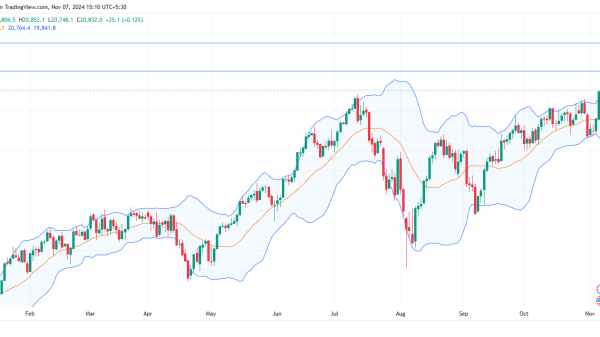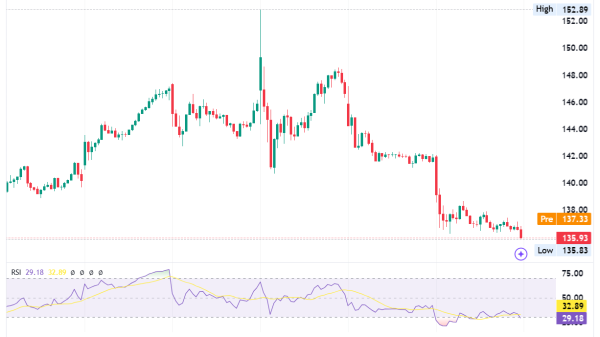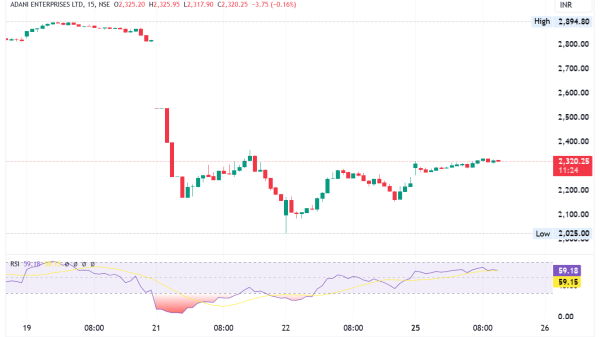When it comes to internet-connected devices one of the biggest concerns is the chance of hacker attacks that can lead to a loss of critical data. Today, in the era of the Internet of Things technology, when attackers are continuously looking for more sophisticated approaches to get access to users’ data, it’s obvious that IoT security should be taken as one of the core priorities by development companies.
The number of IoT-connected devices is actively growing all over the world. And while today their number is around 15 billion, it is expected that by 2030, this figure will be over 29 billion. They all are different but the main approaches to ensuring their security stay the same. And while some issues can be caused by the user’s behavior, a lot of vulnerabilities should be addressed already at the stage of system design by manufacturers and software developers.
Key IoT risks
To begin with, it is important to understand what issues and risks you can face if you work with Internet of Things systems. If you work with a reliable IoT development company, you will be warned about them as professional software engineers should be aware of them and know how to deal with them. It is demonstrated by the results of their work, and IoT development by Cogniteq can be named among the examples that prove these words.
Low authentication requirements. If your password is weak, the risks to get your account or device hacked are rather high. It may sound surprising but a lot of IoT devices are not protected by passwords at all which makes it absolutely simple for hackers to reach them.
Legacy software. Some IoT-powered systems work with software that initially wasn’t developed to be compatible with the cloud technologies or that can’t support modern encryption standards. That’s why it is rather risky to use such apps in IoT solutions.
Lack of timely firmware updates. The necessity to regularly update your firmware and fix all the bugs as soon as they are detected is a must. The longer you postpone these processes, the higher your chances are to face security issues.
Shared access to the network. Many developers prefer to connect IoT devices to the same network that other users’ devices are connected to. For example, it can be LAN or WiFi. But in such a case, the whole network can face quite serious vulnerabilities because just one device can be used for hacking the entire system. That’s why it is highly recommended to use a separate network for every IoT app.
Vulnerabilities caused by physical access to devices. Some IoT devices can be placed in remote areas and be operated fully at a distance. However, it is not always possible. Very often people can physically contact devices, which may pose additional threats. Just a simple example: if a specialist who has access to such devices forgets to close the door to the room where they are placed, an unauthorized person may easily come in.
How to increase IoT security?
Though it is crucial to know the key threats, it is not enough to increase the level of protection of your IoT-powered systems. It is much more important to understand what are the ways to minimize the risks of external attacks.
Physical security. Though this principle is a very simple one, unfortunately, quite often companies that operate IoT-powered systems forget about it. You should carefully track the number and roles of people who get access to IoT devices. If you deal with cellular IoT devices, critical data is usually kept on SIM cards that can be easily stolen. That’s why devices should be well-protected.
IMEI lock. IMEI can be explained as the unique identification number of a mobile device. Thanks to an IMEI lock, you can ensure that a SIM card can be used only with an indicated IMEI, which means only with a chosen device. As a result, even if the card is removed, nobody will be able to use it on other devices.
Introduction of private networks. When data is sent from one device to another, this simple action is already a rather risky one for the security of the transferred data. And when you use any public network like WiFi for it, your solution becomes easy prey for hackers. One of the things that are important to do is message encryption. But even this step may not be enough. That’s why we highly recommend you use private networks that will prevent your data from getting to the public internet.
Detection of abnormal behavior. When there are attempts to breach IoT-powered devices or there is any suspicious activity on your network, you should be notified about that. To reach this goal, engineers should introduce specific tools for monitoring activities on the network, detecting the level of threat, and sending notifications to system admins who will have the possibility to timely react to any risks.
Final word
Data is one of the most valuable assets for any business that’s why hackers always try to get access to it. When you implement IoT solutions in your business processes you need to think not only about their functionality but also about their security. Without proper protection of your system and, consequently, your sensitive data, you won’t be able to leverage the benefits of even the most powerful and innovative solution.
The post IoT Security: How to Protect Your Solutions appeared first on IoT Business News.





























